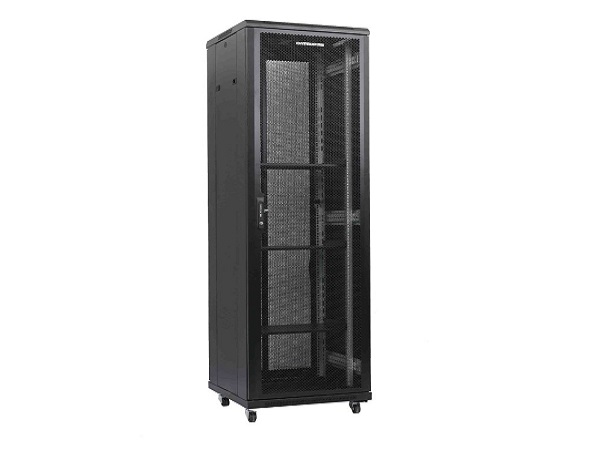News
Site Editor
 Site
https://leonetworkgroup.usa18.wondercdn.com/uploads/image/5fe152faa587d.png
Cable continuity testing is essential to ensure that a cable's conductors are properly connected and that the cable will work as intended. Conducting cable continuity tests can help prevent potential damages to the equipment connected to the cable and identify faults that could disrupt the flow of data or electrical power. This article outlines different ways to test cable continuity.Visual Inspec
Site
https://leonetworkgroup.usa18.wondercdn.com/uploads/image/5fe152faa587d.png
Cable continuity testing is essential to ensure that a cable's conductors are properly connected and that the cable will work as intended. Conducting cable continuity tests can help prevent potential damages to the equipment connected to the cable and identify faults that could disrupt the flow of data or electrical power. This article outlines different ways to test cable continuity.Visual Inspec
How To Test Cable Continuity
Views: 1049
Author: Site Editor
Publish Time: 2023-07-10
Origin: Site
Cable continuity testing is essential to ensure that a cable's conductors are properly connected and that the cable will work as intended. Conducting cable continuity tests can help prevent potential damages to the equipment connected to the cable and identify faults that could disrupt the flow of data or electrical power. This article outlines different ways to test cable continuity.
Visual Inspection
The first step in testing cable continuity is to perform a visual inspection of the cable. The tech tasked with testing should examine the length of the cable, checking for signs of wear and tear. They should take note of any tears, cuts, or abrasions on the cable's outer insulation, which can lead to poor electrical conductivity or signals.
Physical Testing
Next, the technician can physically test the cable by using a multimeter or voltage tester. A multimeter is a device that can measure the voltage, resistance, and current of electronic circuits. A voltage tester can check for the presence of an active electrical current in the wire.
To test the cable using a multimeter, set it to continuity mode or ohms. Then, touch one probe to one end of the cable and the other probe to the other end. An unbroken circuit, such as one that has continuity, will cause the multimeter to beep or show a low resistance reading.
Alternatively, to use a voltage tester, power up the electrical source and touch one probe to each of the solder points or terminals on the cable. If the voltage reading is correct, it indicates there is continuity and that the cable is working correctly.
Signal Tracing
A signal-tracing test is also an effective way to check cable continuity. This test checks for potential blockages and pinched cables that could prevent the signal from passing through the cable.
To conduct signal tracing, the technician will use a time-domain reflectometer (TDR). A TDR works by sending an electrical pulse down the cable. As the pulse travels down the cable, it is reflected back to the origin, and the TDR measures the time it takes for the pulse to return to the machine.
If there is a break in the cable or a significant change in impedance, the TDR can detect it and report the symptoms.
Conclusion
Cable continuity testing is necessary and straightforward, and it's a routine step needed for any cable installation, maintenance or repair. By following the steps outlined in this article, technicians can ensure that the cable's circuit is unbroken, and the cable is in excellent overall condition to be put to its intended uses.
If you want to know more about industrial network cabinet,china fiber optic splice closure,china fiber optic distribution box,please consult the fiber optic splice closure factory









